Inside the home of Denver’s most important mid-century-loving couple
As originally featured in the September 2010 issue of Wallpaper* (W*138)
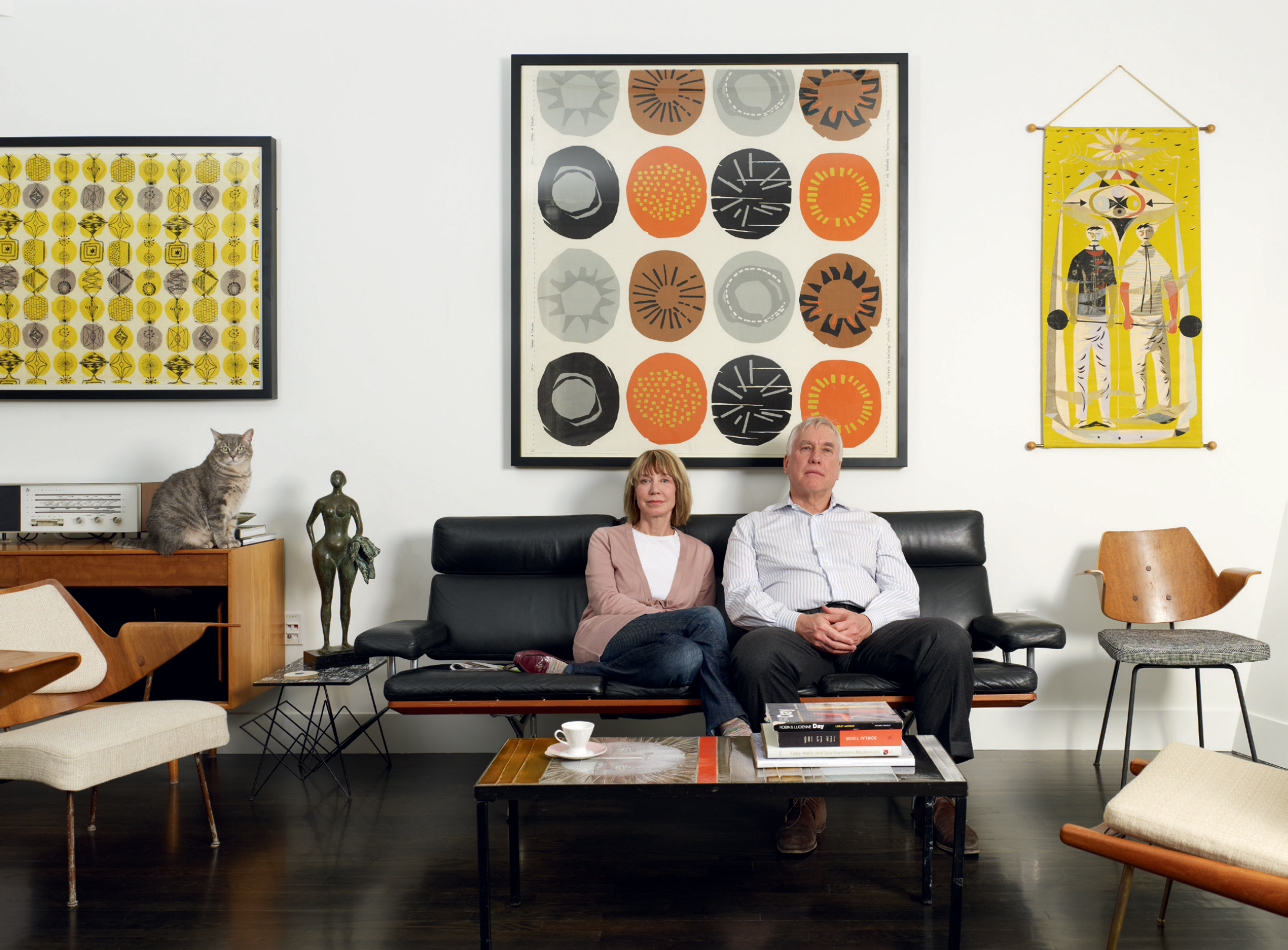
It’s something of a surprise to learn that the biggest collection of work by British modernists Robin and Lucienne Day is owned by Americans. Surprising, because the Days never achieved the worldwide recognition that Charles and Ray Eames (to whom they are often compared) did. Even among Britons, they have a cult following rather than mainstream appeal. So why is it that so much of their work has ended up Stateside?
It’s down to Colorado couple H Kirk Brown III and his wife Jill A Wiltse, who began collecting Robin’s furniture and Lucienne’s textiles (128 pieces and counting) in 2003. ‘I first came across the Days in 1997 in a catalogue published by London’s Fine Art Society and Target Gallery,’ says Brown. ‘I fell in love with British modernism and began building a collection with the aid of both galleries.’ Wiltse, an entrepreneur like her husband (she set up a poop-a-scoop business, he owns oil wells), majored in fine art. When they married, their passion for collecting took off. Today they own more pieces by the Days than London’s V&A museum does. Annamarie Stapleton, a director at the Fine Art Society, says ‘Nobody has such a depth and breadth of material and in such good condition as Kirk and Jill.’

The couple’s apartment is in a block next to the new extension of the Denver Art Museum, both by Daniel Libeskind. Photography: Joe Fletcher
When, in 2006, the couple snapped up an apartment in a new block adjacent to the Denver Art Museum extension, both of which were designed by Daniel Libeskind, they realised they had found the perfect home for part of their vast collection. Their retro textiles, Bauhaus furniture and mid-century tableware sit comfortably in Libeskind’s challenging spaces, and the couple rotate them regularly. The contents of the apartment read like a Who’s Who of the best designers of the 1960s: the Eameses, Ernest Race, Roger Capron and Herbert Bayer. The pieces were bought at auctions or through galleries, and the couple talk like biographers when they speak about the designers they collect.
In Alice in Wonderland fashion, you can walk through the 1960s-inspired interior into the apartment next door, which they also own and have filled with Hungarian art from 1890-1956. ‘Kirk has always had the collector’s instinct,’ says Wiltse. ‘When I first met him, I found all these stickers inside cupboard doors, peeled off the fruits he had bought at New York’s Greek market.’ Brown interjects: ‘I had, at the time, also started collecting prints by Robert Motherwell and posters by artists involved in Roosevelt’s post-war Federal Arts Projects.’
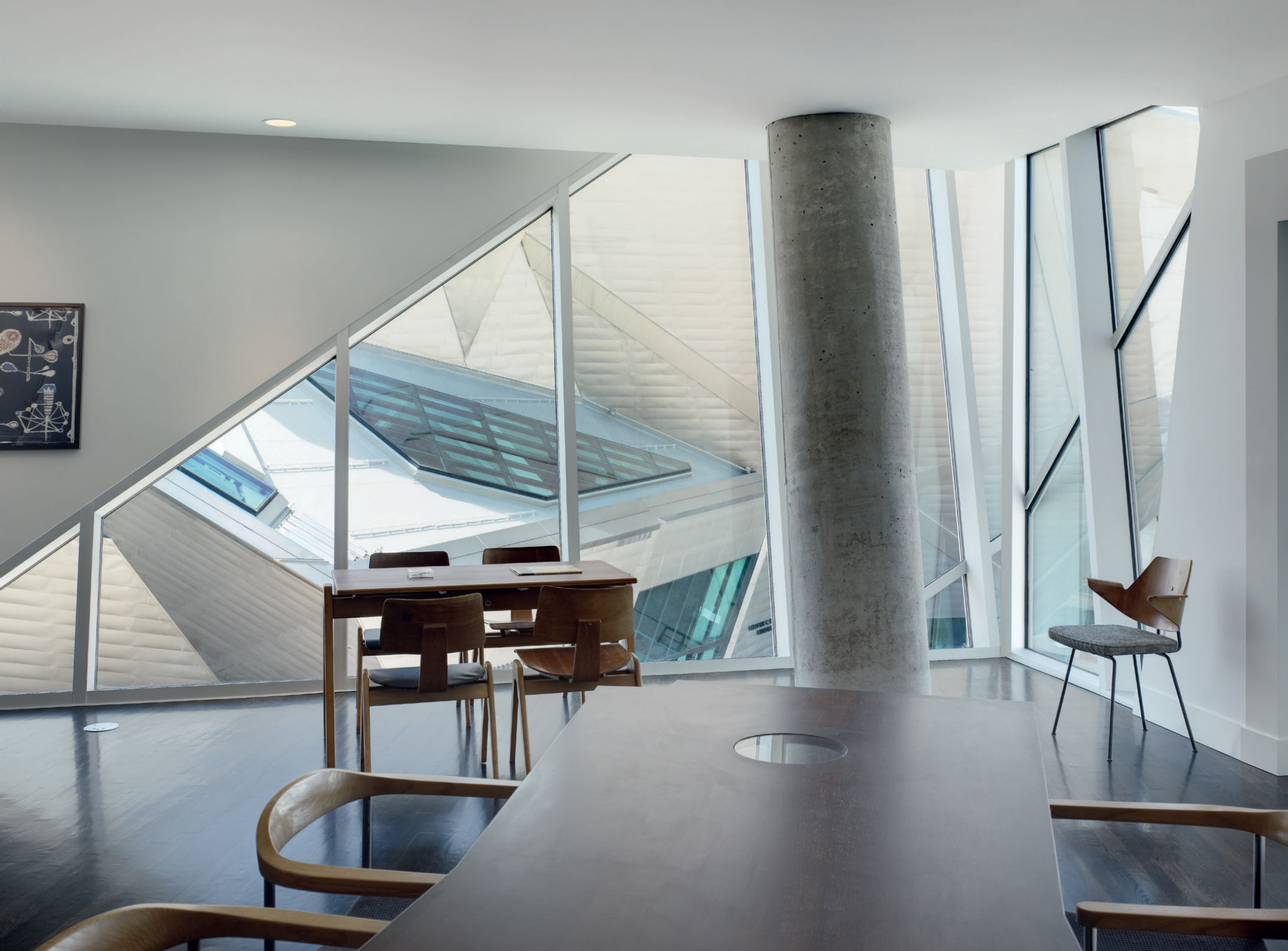
The dining room features a framed print of Lucienne Day’s ‘Small Hours’, a Robin Day table and chairs, and a bespoke table (foreground) by Brown and Wiltse’s friend Michael McCoy. Photography: Joe Fletcher
Unlike many collectors, who prefer to operate in the shadows, Brown and Wiltse actively seek to put as much of their collection before the public as possible, while living with it on a day-to-day basis. When not on display, works are stored in one of their 14 climate-controlled storage units in Denver that total 3,000 sq ft. ‘These are already full. We need to get some more,’ says Brown. One day, they hope to bring all their treasures under one roof and open a gallery in the huge modernist house they also own in Denver.
We meet at the Textile Museum in Washington DC, for the opening of ‘Art by the Yard – Women Design Mid-Century Britain’, a show that only happened because of their efforts and which features works by Jacqueline Groag, Marion Mahler and Lucienne Day, all loaned from their collection. In their orbit are dealers and curators, architects, academics and film directors; all praise their enthusiasm and approachability. As their collection grows, so does their presence on various boards, such as those of the Museum of California Design and the American Hungarian Foundation.
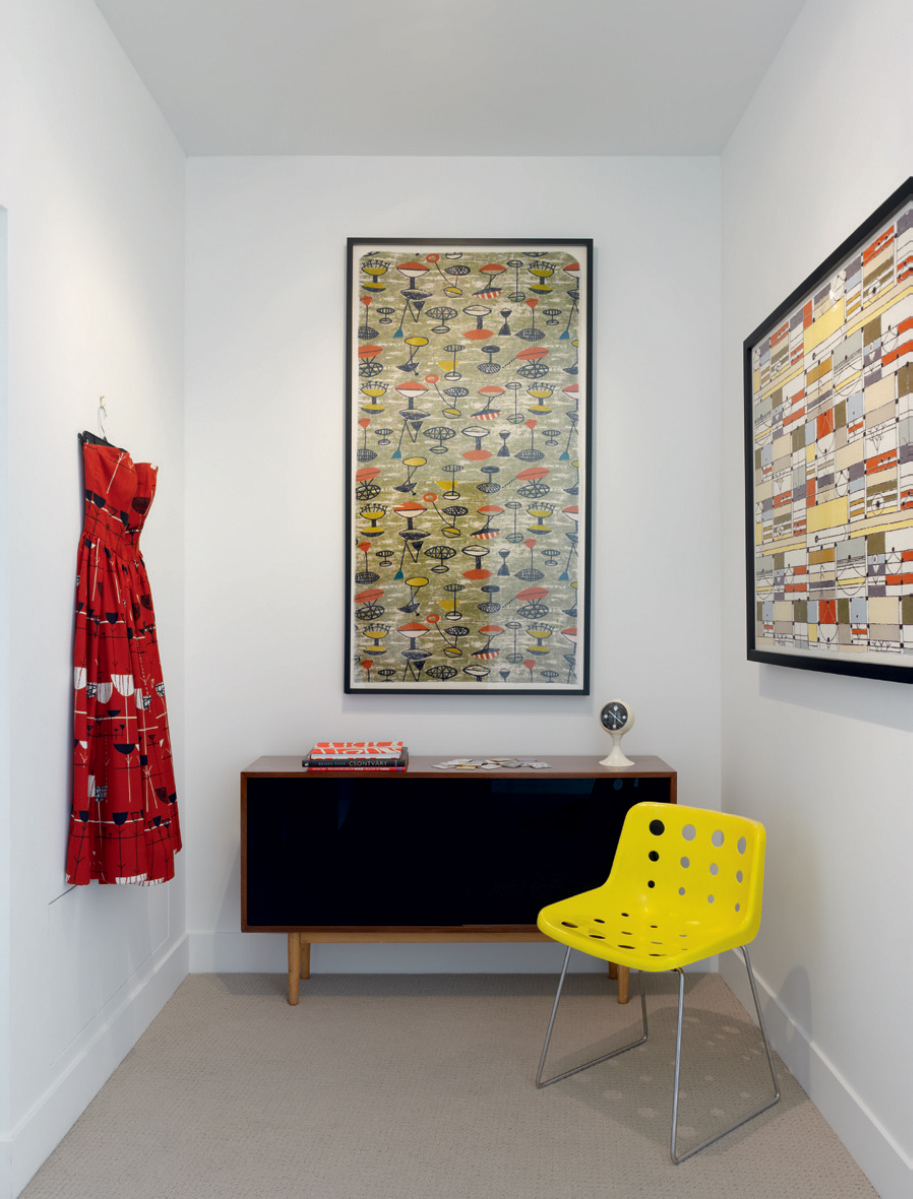
From left, Wiltse’s 1950s-style wedding dress, made from Lucienne Day’s ‘Calyx’ fabric; ‘Flotilla’ print by Lucienne Day; a console by Robin Day; and a print by Jacqueline Groag. Photography: Joe Fletcher
Like all design party faithfuls, they attend Palm Springs’ Modernism Week. It was there, two years ago, that they had an epiphany. ‘Many of the architects and designers involved are getting on in years and we thought that we might want to memorialise them on film while they are still alive,’ says Wiltse. So they set up Design Onscreen, a production company that makes documentaries on the design world’s great and good. So far, they have funded films on US architects William Krisel and Donald Wexler, and Dutch designer Hella Jongerius.
‘We hope to build a portfolio of films and approach foundations for fundraising,’ says Brown, who at present pays for all Design Onscreen’s productions. ‘There are 90 names on our films-to-be-made list,’ adds Wiltse. Meanwhile, interest in the Days’ work is likely to rise even further this year, thanks largely to Brown and Wiltse, who are lending their collection to an exhibition that will tour the UK.
INFORMATION
Wallpaper* Newsletter
Receive our daily digest of inspiration, escapism and design stories from around the world direct to your inbox.
Emma O'Kelly is a freelance journalist and author based in London. Her books include Sauna: The Power of Deep Heat and she is currently working on a UK guide to wild saunas, due to be published in 2025.
-
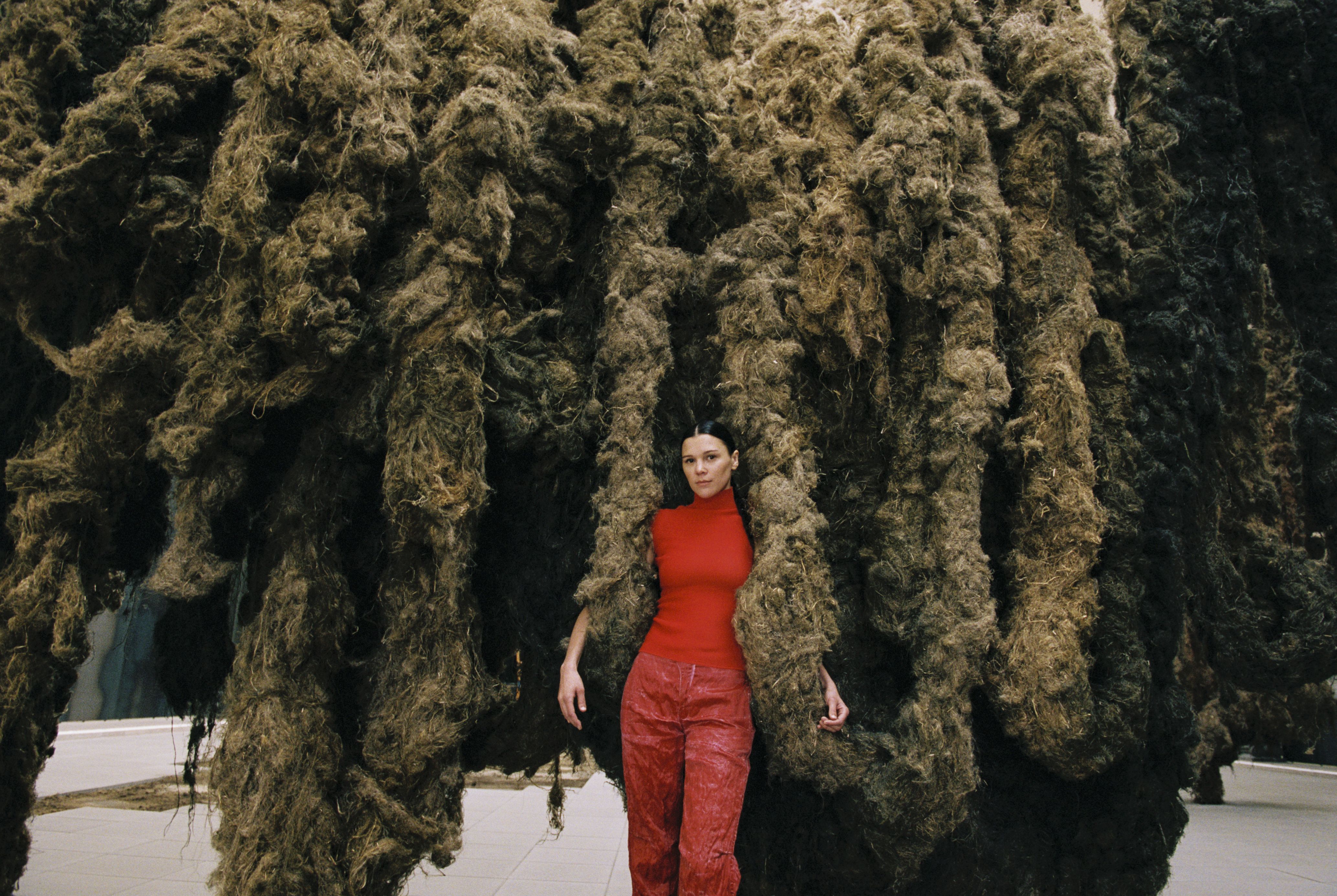 Klára Hosnedlová transforms the Hamburger Bahnhof museum in Berlin into a bizarre and sublime new world
Klára Hosnedlová transforms the Hamburger Bahnhof museum in Berlin into a bizarre and sublime new worldThe artist's installation, 'embrace', is the first Chanel commission at Hamburger Bahnhof
-
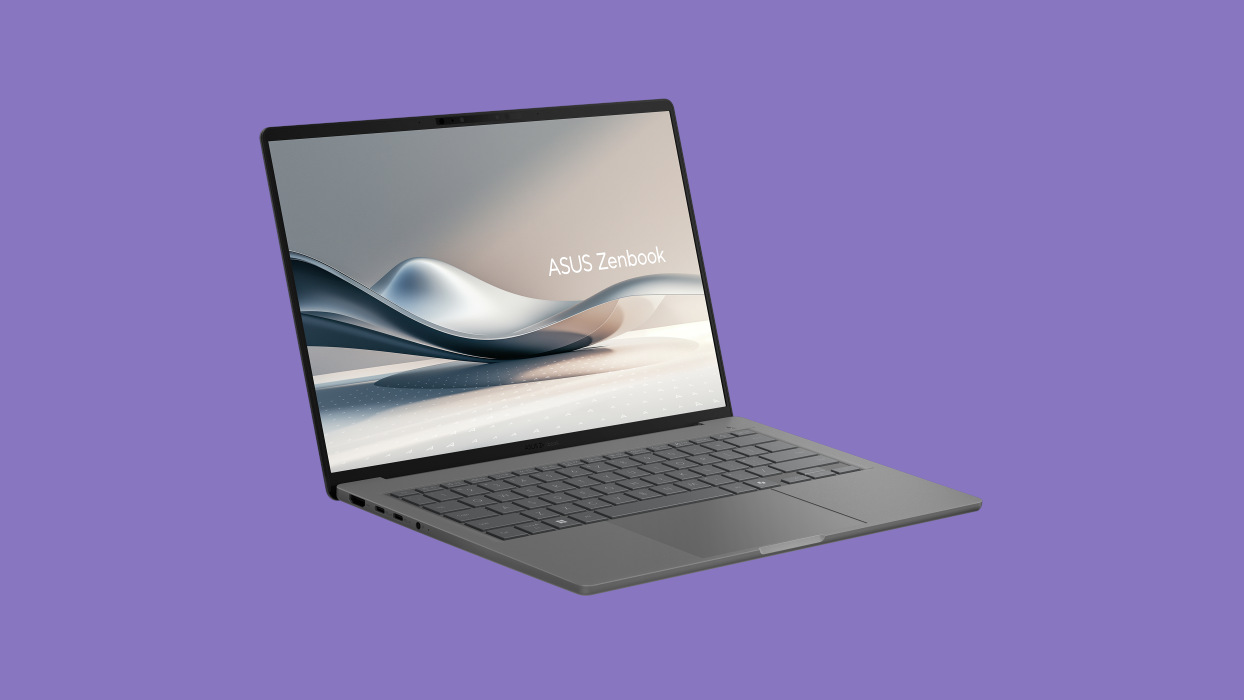 We test the all-new Asus Zenbook A14, a laptop shaped around new materials
We test the all-new Asus Zenbook A14, a laptop shaped around new materialsAsus hopes its Ceraluminium-based Zenbook laptops will bring brightness and lightness to your daily portable computing needs
-
 Paris art exhibitions to see in May
Paris art exhibitions to see in MayRead our pick of the best Paris art exhibitions to see in May, from rock 'n' roll photography by Dennis Morris at MEP to David Hockney at Fondation Louis Vuitton
-
 Ukrainian Modernism: a timely but bittersweet survey of the country’s best modern buildings
Ukrainian Modernism: a timely but bittersweet survey of the country’s best modern buildingsNew book ‘Ukrainian Modernism’ captures the country's vanishing modernist architecture, besieged by bombs, big business and the desire for a break with the past
-
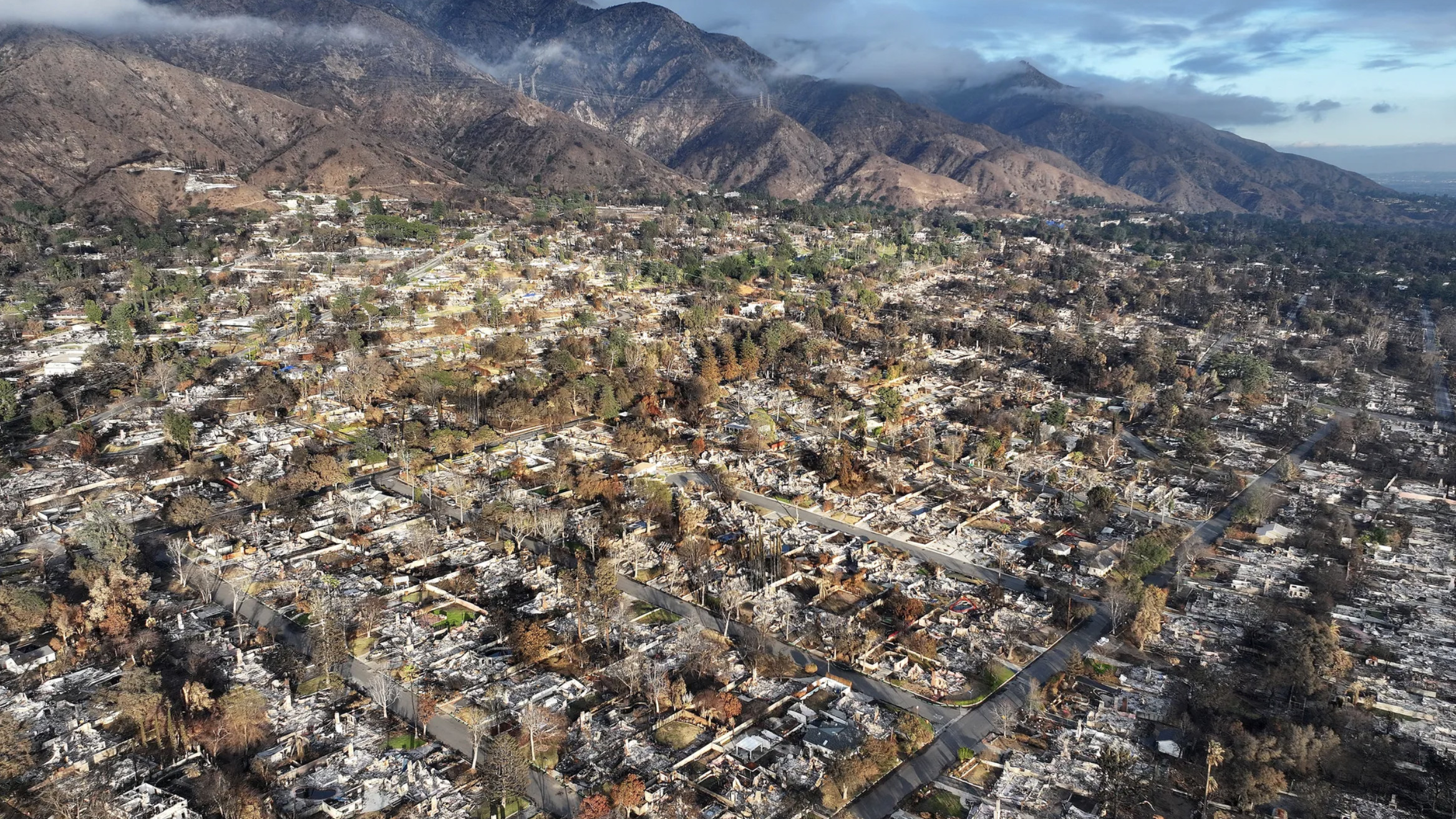 Los Angeles businesses regroup after the 2025 fires
Los Angeles businesses regroup after the 2025 firesIn the third instalment of our Rebuilding LA series, we zoom in on Los Angeles businesses and the architecture and social fabric around them within the impacted Los Angeles neighbourhoods
-
 ‘Fall Guy’ director David Leitch takes us inside his breathtaking Los Angeles home
‘Fall Guy’ director David Leitch takes us inside his breathtaking Los Angeles homeFor movie power couple David Leitch and Kelly McCormick, interior designer Vanessa Alexander crafts a home with the ultimate Hollywood ending
-
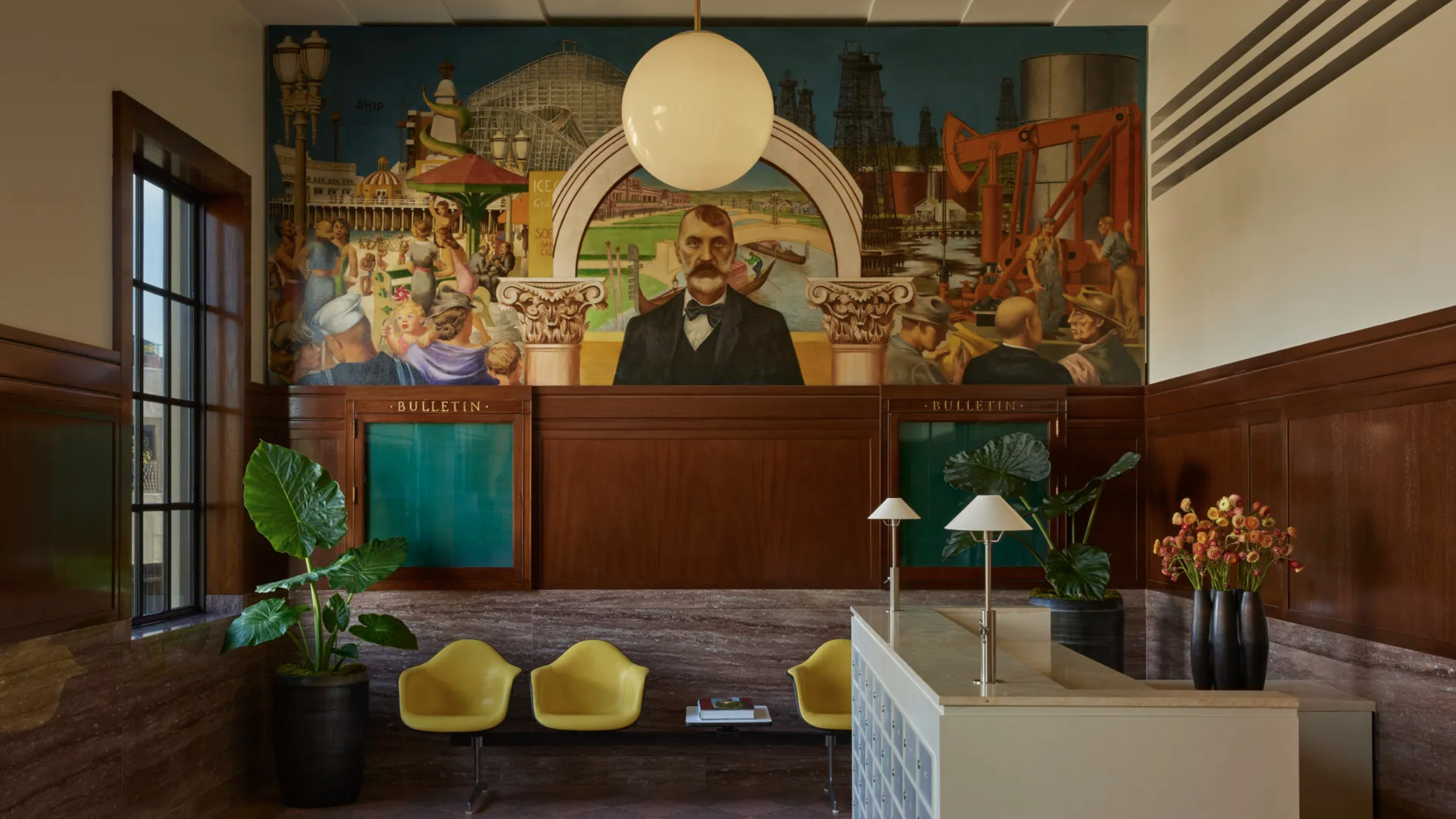 The Lighthouse draws on Bauhaus principles to create a new-era workspace campus
The Lighthouse draws on Bauhaus principles to create a new-era workspace campusThe Lighthouse, a Los Angeles office space by Warkentin Associates, brings together Bauhaus, brutalism and contemporary workspace design trends
-
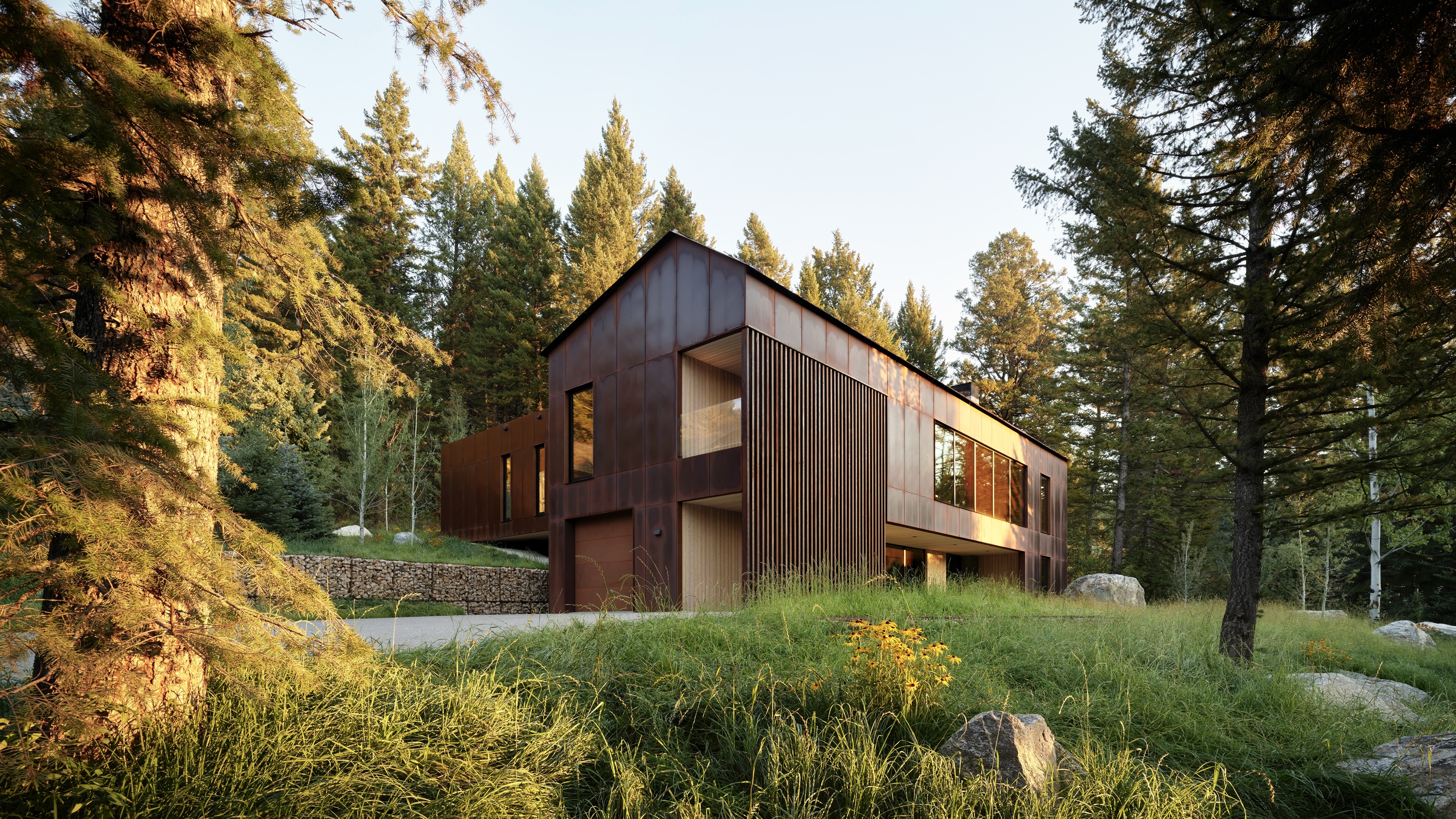 This minimalist Wyoming retreat is the perfect place to unplug
This minimalist Wyoming retreat is the perfect place to unplugThis woodland home that espouses the virtues of simplicity, containing barely any furniture and having used only three materials in its construction
-
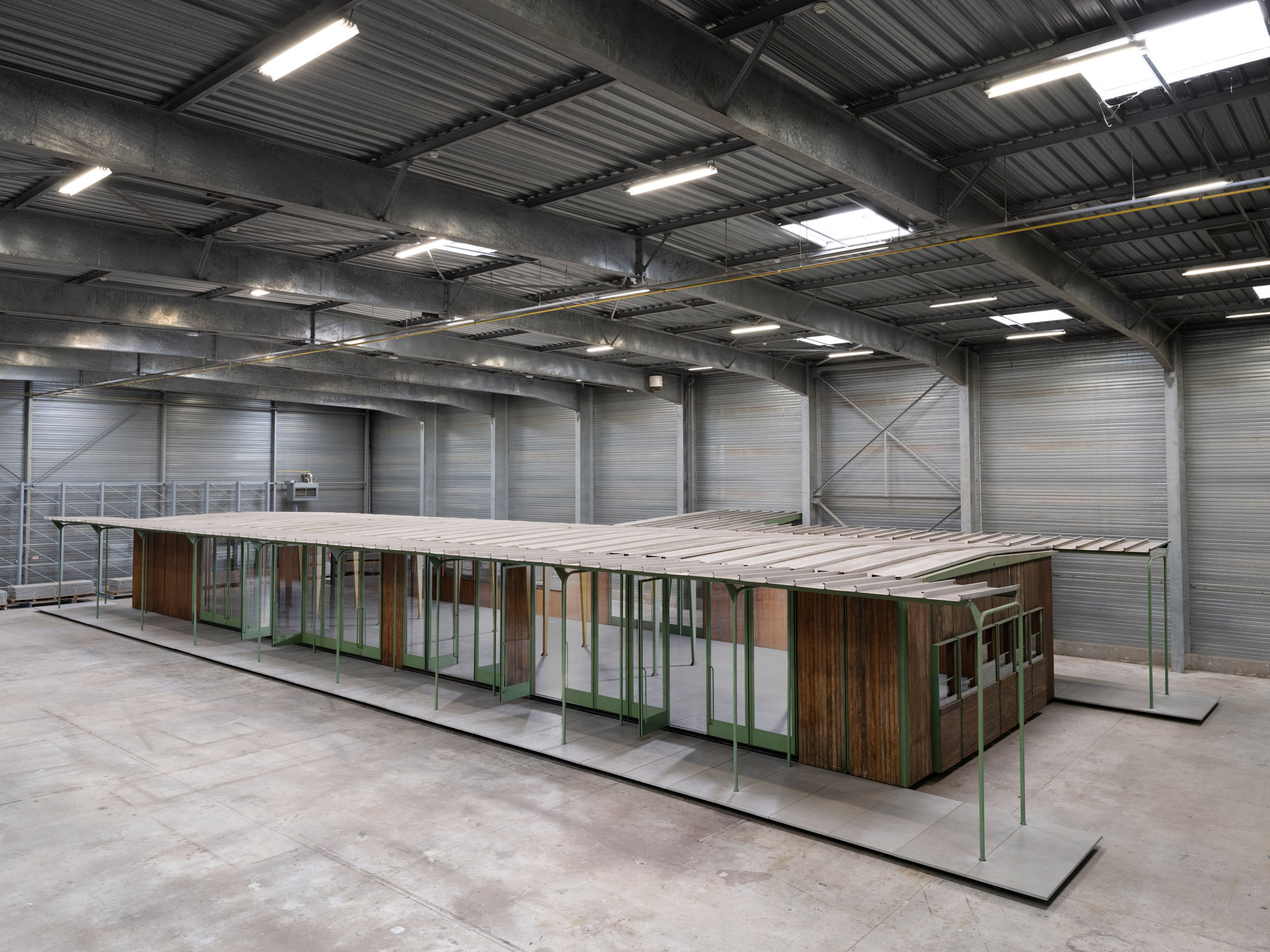 Croismare school, Jean Prouvé’s largest demountable structure, could be yours
Croismare school, Jean Prouvé’s largest demountable structure, could be yoursJean Prouvé’s 1948 Croismare school, the largest demountable structure ever built by the self-taught architect, is up for sale
-
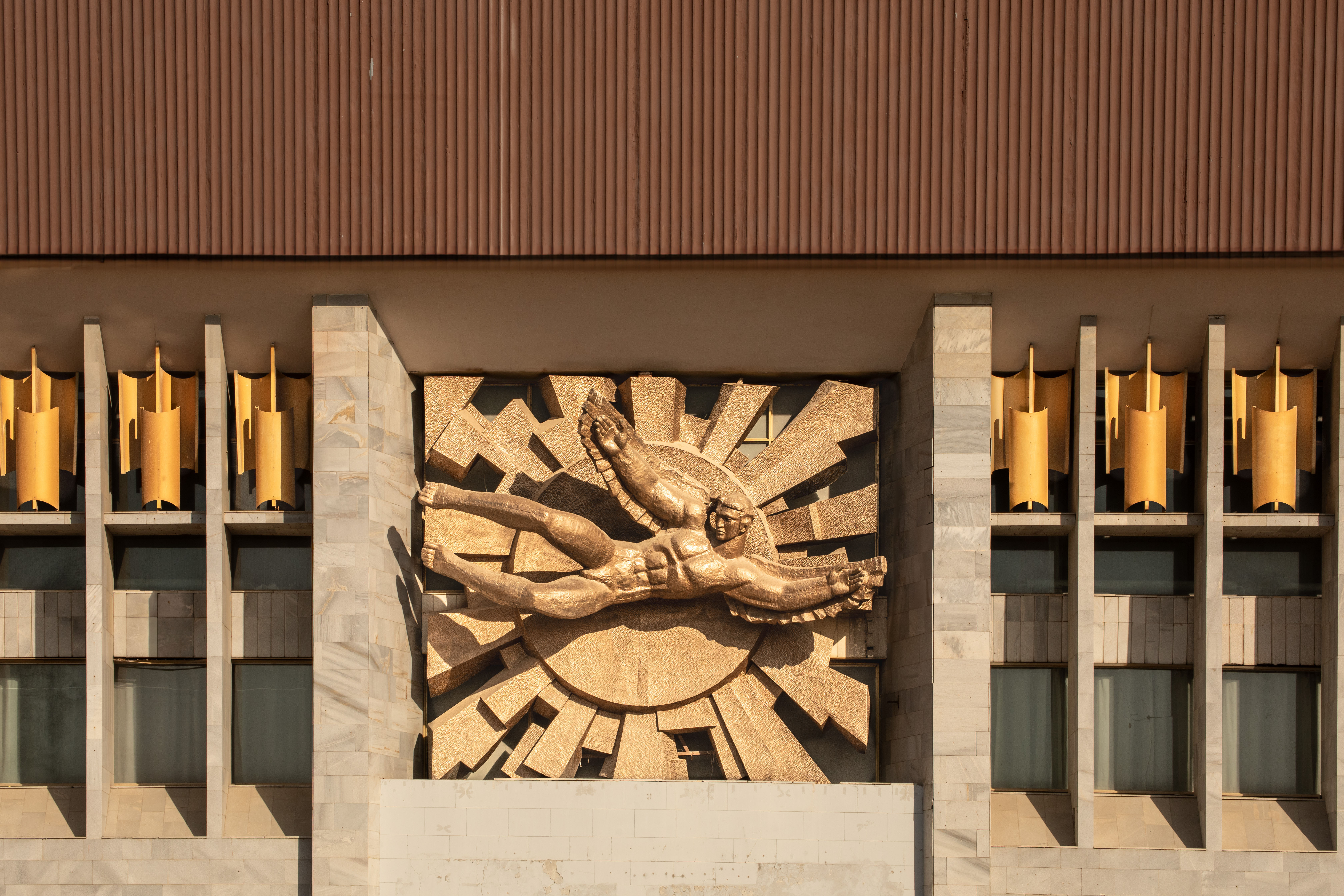 Jump on our tour of modernist architecture in Tashkent, Uzbekistan
Jump on our tour of modernist architecture in Tashkent, UzbekistanThe legacy of modernist architecture in Uzbekistan and its capital, Tashkent, is explored through research, a new publication, and the country's upcoming pavilion at the Venice Architecture Biennale 2025; here, we take a tour of its riches
-
 We explore Franklin Israel’s lesser-known, progressive, deconstructivist architecture
We explore Franklin Israel’s lesser-known, progressive, deconstructivist architectureFranklin Israel, a progressive Californian architect whose life was cut short in 1996 at the age of 50, is celebrated in a new book that examines his work and legacy